GOV.UK Verify: changing buying in government

...the end of 2013, I knew immediately that I wanted to be part of it. On the train home that evening I started to think about the complexities of the...

...the end of 2013, I knew immediately that I wanted to be part of it. On the train home that evening I started to think about the complexities of the...
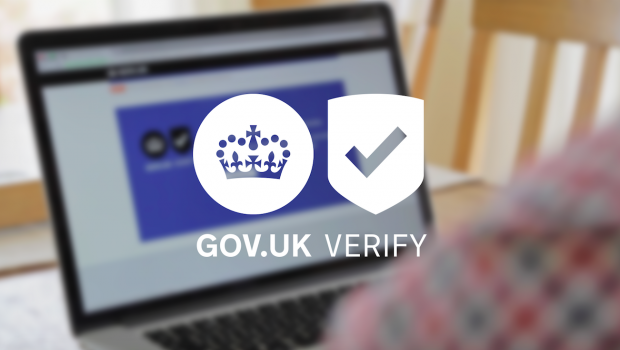
...services all the time. Next up are: Tell DVLA about your medical condition (DVLA) - currently in private beta with GOV.UK Verify and aiming for public beta very soon Sign...
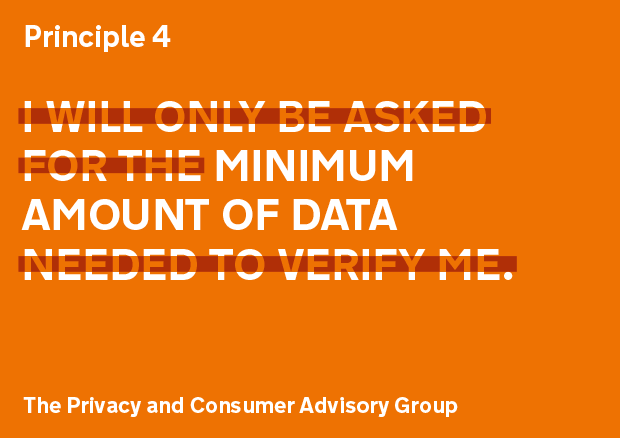
...This principle is about how certified companies should enable users to check and update the data that’s held about them at any time they wish simply, easily and free of...

...at GDS on the topic. We’ve been doing this by forming a group of between 3-7 people that tackles one task at a time. One person will ‘drive’ the mouse...

...through our requirements and, in particular, thinking about the data. This resulted in a life-sized sketch of the prototype, which showed the connections between data sets and meant that everyone...
...needs. The GDS Design Principles encourage us to make things open as it makes things better and for GOV.UK Verify we want to share what we’re doing whenever we can....
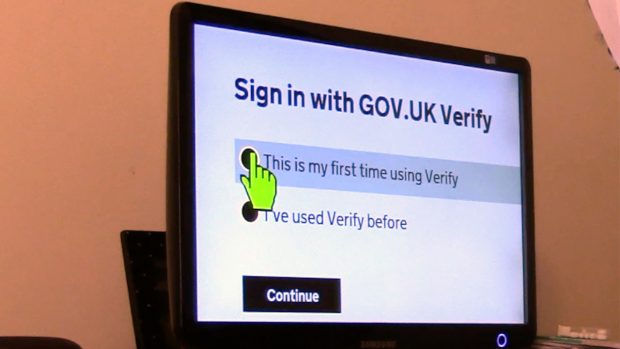
...skipping through sections that the screen reading software identifies using the header tags in the code. However, we realised that some of the pages in GOV.UK Verify don’t use headers...
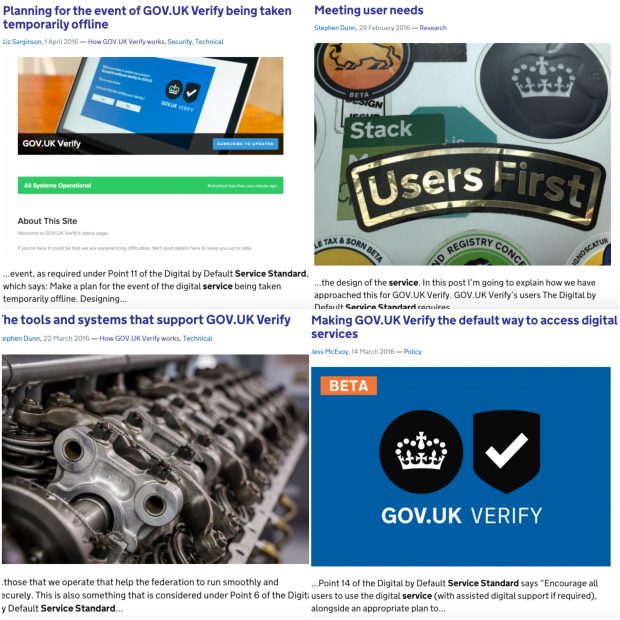
...points of the standard before going live. The GOV.UK Verify team used the criteria of the Service Standard as a tool for development throughout GOV.UK Verify’s beta phase as it...
...and improve the service continues at pace. Here’s a summary of what we’ve been working on since our last update back in July and what we plan to do next....
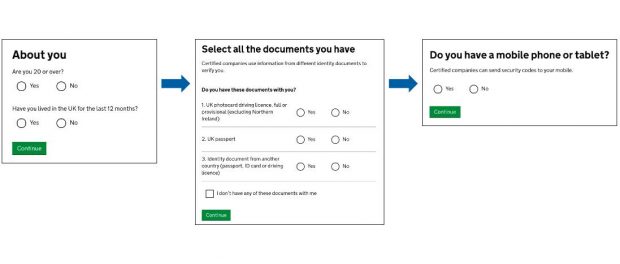
...do know is that there are some valuable lessons that we’ve learnt from this change, which we can apply to further iterate and improve GOV.UK Verify. What we learnt We...